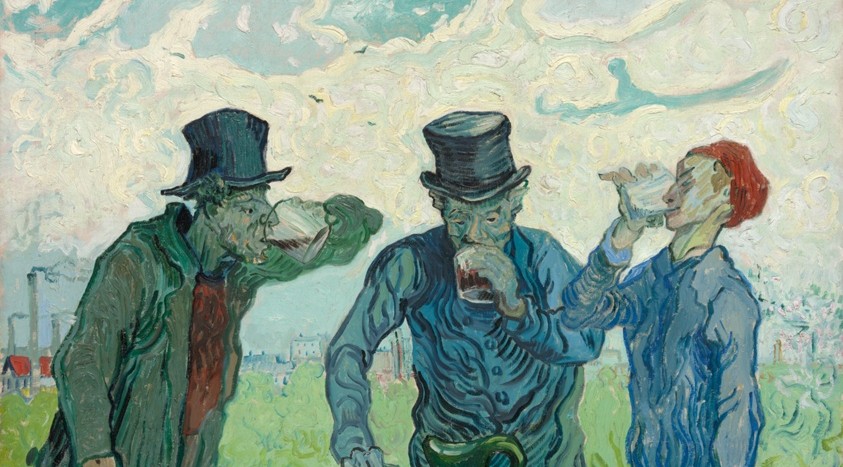The COVID-19 pandemic brought about several socio-economic changes. However, one of them, with significant impact on the public health, is undoubtedly the change in alcohol consumption among Czech consumers.
Despite the fact that the aggregated data from the Czech Statistical Office (CZSO) showed overall decline in average alcohol consumption in the Czech Republic during 2021, for some most-risky groups of consumers the situation has worsened.
Are Czechs Drinking More or Less?
A number of scientific studies agreed that during the COVID-19 pandemic there have been some changes in the consumption behavior of alcohol consumers, varying across consumption or demographic categories. According to the CZSO statistics, there was a slight decrease between 2020 and 2021 (from 10 liters of pure alcohol per person in 2019 to 9.7 liters), but this may also be influenced to some extent by the significantly reduced number of foreign visitors. Indeed, the CZSO statistics monitor the total volume of alcohol sold on the Czech market from which foreign consumption can hardly be separated.
In addition to CZSO data, it is therefore important to monitor data from the National Institute of Public Health (NIPH). Their analysis shows that the overall average alcohol consumption in the Czech Republic during the pandemic followed the previous upward trend and reached 8.0 liters of pure alcohol per person per year in 2021 (the NIPH research is based on extensive surveys across the Czech population).
Most problematic is the increase in alcohol consumption among high-risk drinking groups or the increased prevalence of frequent alcohol consumption. In other words, the number of people who drink alcohol three to four times a week or even every day has increased during the pandemic. Furthermore, the research results also showed that people who were more likely to consume alcohol at home or alone tended to have higher levels of consumption.
Determinants of increased consumption during the pandemic could also include stress, depression, fear for loved ones or loss of employment. Conversely, a decrease in alcohol consumption occurred among lower-risk drinking groups. This is largely the case of the relatively more highly educated population, who probably faced fewer financial difficulties during the pandemic and could therefore concentrate on, for example, healthier lifestyles.
Whole Alcohol Market Has Undergone through Significant Change
Another of the obvious changes in this area is the shift of alcohol consumption from public to private places, which has logically been triggered by the closure or partial restriction of bars, restaurants, clubs or pubs, or the restriction of social contacts. The COVID-19 pandemic has therefore also had a major impact on the functioning of the alcohol market. The consumption of alcoholic beverages has shifted from public to private venues during the restrictive measures and it is now questionable to what extent purchases of alcoholic beverages will also shift from restaurants to retail outlets in the next years.
As an illustration of this trend, we can take a brief look on the Czech beer market – the most commonly consumed alcoholic beverage. While in 2019 the ratio of beer sales between on-trade and off-trade segments reached 37/63, in 2020 this ratio has changed to 27/73 – meaning that 73% of total beer production in 2020 came from retail shops. This is a long-term trend indicating a shift in beer consumption from restaurants to households, which the pandemic seems to have further encouraged.
Widespread Regulation Is Like Shooting Crowd with Shotgun
The current government debate again revolves mainly around increasing excise duties on alcohol. While this change is mainly to raise additional revenue for the state budget, it is unlikely to help the problem of risky drinking in the Czech Republic. The problem is not overall consumption, but risky drinkers. Those who already drink heavily will simply not care whether they will have to pay for a beer, shot or a glass wine 5-10% higher price.
The effect of such widespread regulatory measure can therefore be likened to a situation of firing with a shotgun into a crowd (figuratively speaking). Sure, I’m bound to hit someone. But a risky drinker will definitely avoid such a type of regulatory bullet.
Written by Michael Fanta – senior analyst at CETA (Centre for Economic and Market Analysis), Ph.D. researcher at Jan Evangelista Purkyně University.



